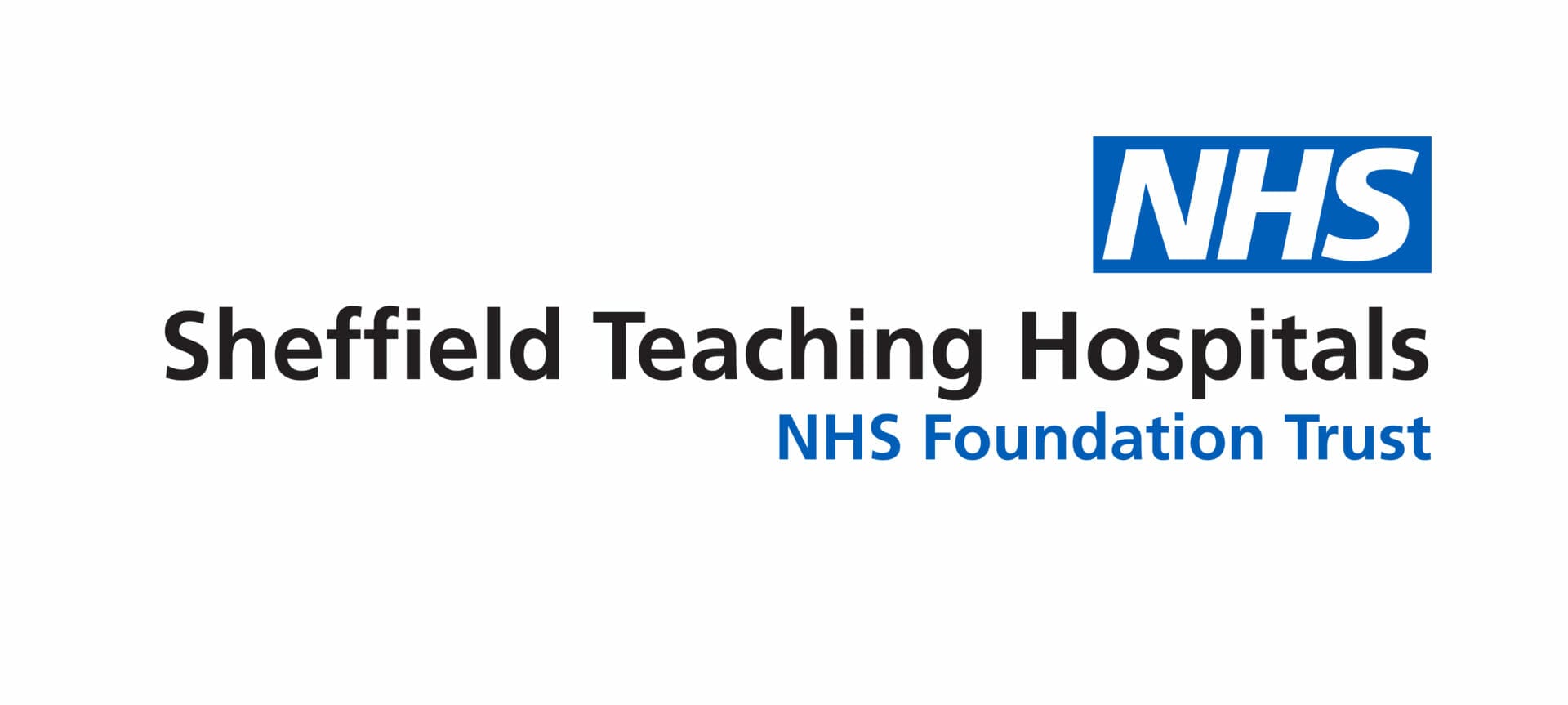MyPathway is rolled out across Sheffield Teaching Hospitals

MyPathway has been piloted in selected departments within Sheffield since 2016, resulting in vastly improved communication between the hospital and patients, reducing waiting lists and helping to manage the backlogs in elective care. The success of this pilot scheme has resulted in a contract for ADI Health to support all hospitals and services within the Trust. The contract started in October 2021 with the operational roll out beginning this month.
“We are delighted to have been selected to partner the NHS in this area and to witness our MyPathway clinical management platform help make service improvements for this NHS Foundation trust. The platform allows rapid communication with patients, which has been particularly important during the changes brought about through the pandemic. It’s a flexible system that can be configured to each department’s requirements, helping them to manage the backlogs, support people on waiting lists and prioritise patients most in need. It is making a real difference to people’s lives and it’s very satisfying to see MyPathway delivering the results we envisaged.”
Judith Clarkson, Commercial Director, ADI Health
MyPathway is an app based, digital clinical management platform connecting patients to clinicians. It helps improve communication and empowers patients, who wish to utilise a digital service, in their own healthcare journey. It enables clinicians to communicate via the app to individual or cohorts of patients and allows patients to report improving or deteriorating conditions so that services can respond accordingly. Each hospital department can build their own digital clinical pathways using the system, manage ‘patient initiated follow up’ (PIFU) appointments, whether these be face-to-face or virtual, undertake remote monitoring of patients and give patients sight of all their appointments via the app.
From a hospital management point of view, the system can report on a patient’s outcome measures (PROMs) individually, by group or at population level to monitor improvements to service. It also reduces the hospitals carbon footprint with paper replaced by digital communication for those patients that wish to utilise the service and reduction of travel to unnecessary appointments.
